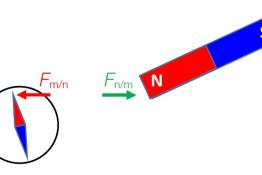Optimal learning in schools theoretical evidence: Part 3 Individual differences
Issue 364 | Page 85 | Published Mar 2017
Description
Parts 1 and 2 in this four-part series of articles (Crossland, 2016, 2017) discussed the recent research from neuroscience linked to concepts from cognitive development that brought Piaget's theories into the 21st century and showed the most effective provision towards more optimal learning strategies. Then the discussion moved onto Demetriou's latest thinking that explored the relationship between the developing mind and the developing brain. Part 3 outlines individual differences in learners with further implications for classroom practice leading to additional characteristics of optimal learning in the classroom.
More from this issue
This overview is intended to help colleagues achieve successful and satisfying observations using a ripple tank. There are many observations to...
Activation energies form an energy barrier to a chemical reaction taking place. Simple collision theory, i.e. that particles need to collide to...
Using a conventional notation for representing forces on diagrams, students were presented with questions on the interaction between two objects....




